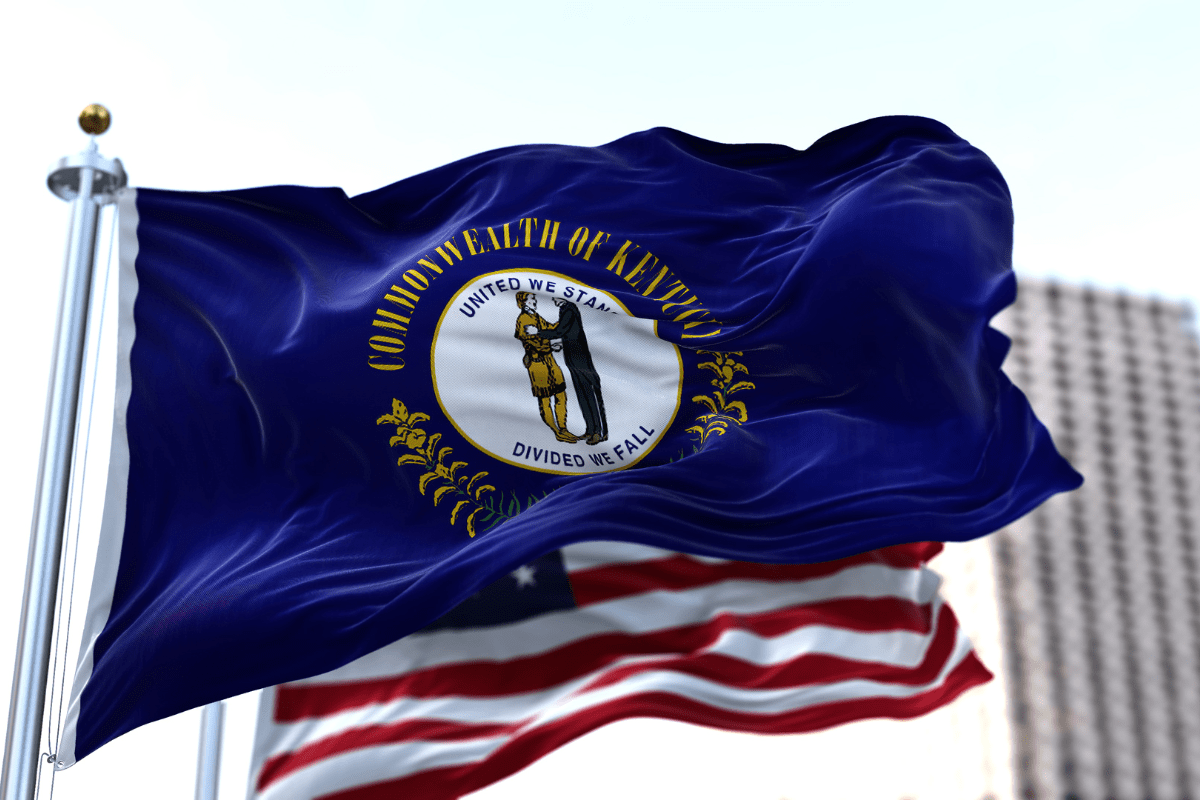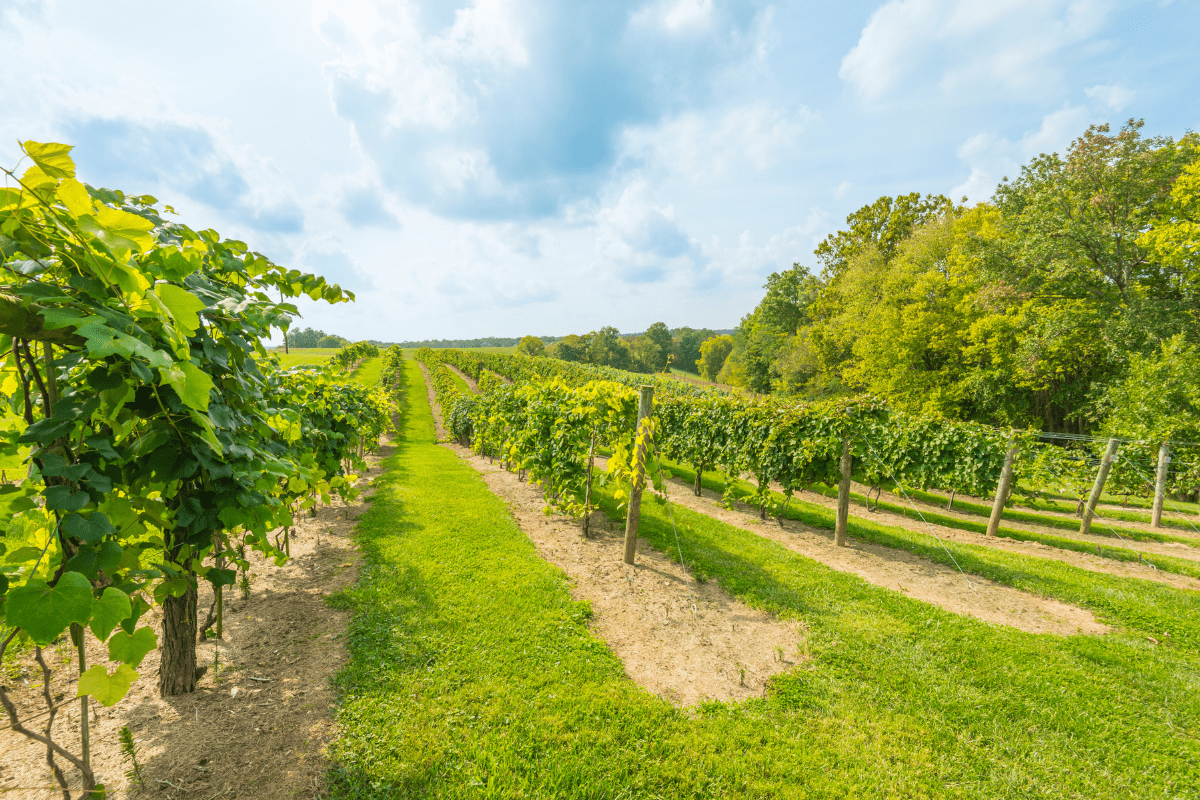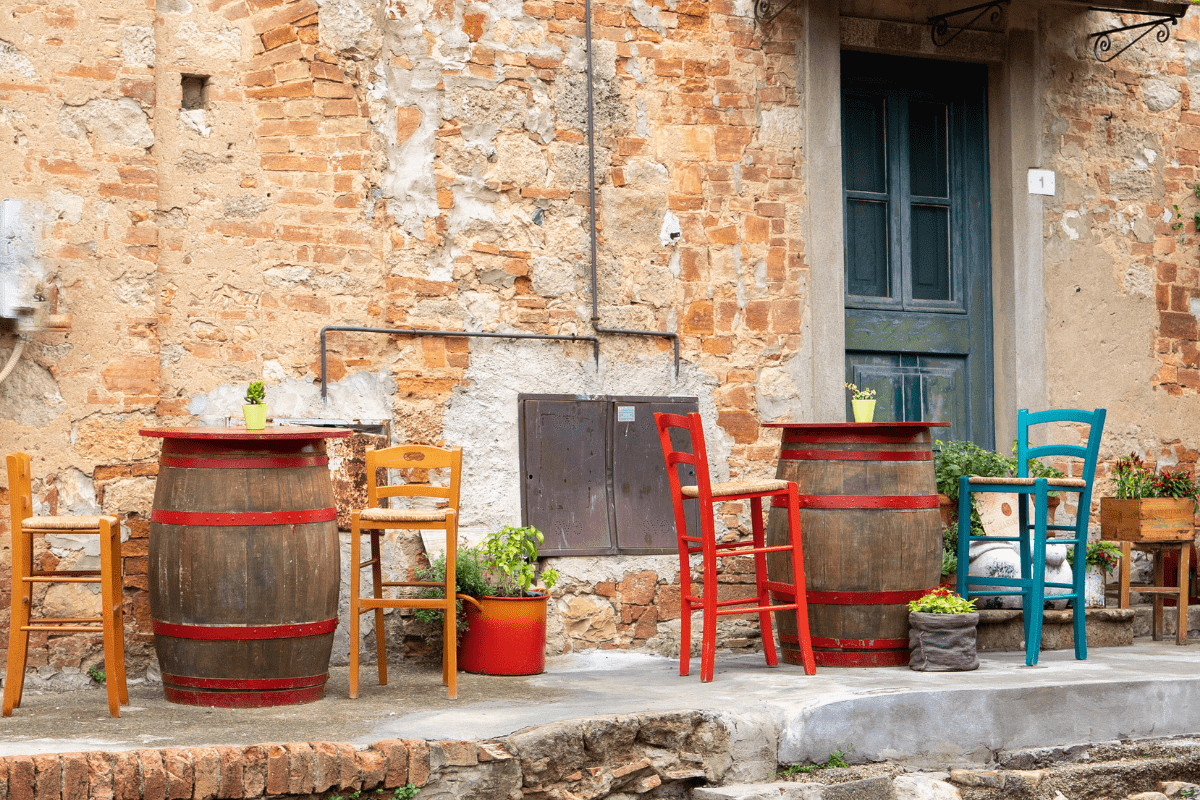Kentucky has 29 official state symbols, and if that sounds like a lot, well, you're right. From being the first state to pick an official bird to spending 25 years calling coal a mineral (spoiler: it's not), our symbols tell the weird and wonderful story of the Bluegrass State.
The big money symbols that actually matter
Let's be honest and start with the symbols that keep Kentucky's economy humming. These aren't just pretty designations; they're billion-dollar industries that employ thousands of Kentuckians.
Thoroughbreds: More than just pretty horses
The Thoroughbred became Kentucky's official state horse in 1996, which honestly seems late considering we've been obsessed with horses since, oh, forever. But better late than never when you're talking about an industry that generates $6.5 billion annually and supports over 60,000 jobs.
The numbers are genuinely staggering. Kentucky produces 30% of all U.S. thoroughbred foals, and of the 145 Kentucky Derby winners, 111 were bred right here in the Commonwealth. Even more impressive? Ten of the thirteen Triple Crown champions called Kentucky home before they became racing royalty.
If you think that's wild, consider this: top stud fees reach $300,000 per live foal. That's per baby horse, folks. The 2019 Derby and Oaks alone generated $356 million in economic impact, which explains why we treat the first Saturday in May like a religious holiday.
Want to experience the magic yourself? Churchill Downs offers tours year-round, not just during Derby season. Trust me, seeing those morning workouts is worth the early wake-up call.
The Corvette: Kentucky's unexpected automotive pride
Here's something that surprises out-of-staters: every single Chevrolet Corvette has been assembled in Bowling Green since 1981. In 2010, we made it official by naming the Corvette our state sports car, becoming the first (and still only) state with an official sports car designation.
The Bowling Green plant employs over 500 workers and added 400 new jobs in 2019. This isn't small potatoes; Kentucky ranks third nationally in light vehicle production, manufacturing almost 10% of all U.S. cars. Who knew we were such gearheads?
The National Corvette Museum sprawls across 115,000 square feet and houses over 70 Corvettes. Yes, this is the museum where a sinkhole swallowed eight rare Corvettes in 2014. They've turned it into an exhibit because when life gives you sinkholes, you make tourist attractions.
We were first and we're still bragging about it
Kentucky loves claiming "firsts," and our state bird gives us eternal bragging rights.
The Cardinal that started a trend
On February 26, 1926, Kentucky became the first state ever to designate an official state bird. Women's clubs across Kentucky campaigned hard for the Northern Cardinal, and their success sparked a nationwide trend of states adopting official birds.
Today, seven states claim the cardinal as their state bird, but we had it first. We're basically the friend who liked that band before they were cool and won't shut up about it.
The cardinal makes sense for Kentucky. These brilliant red birds stick around all winter, brightening up gray January days when everything else looks dead. Plus, they're monogamous and mate for life, which is either romantic or boring depending on your perspective.
A seal born from confusion
Our state seal has been causing arguments since 1792. Adopted just six months after statehood on December 20, the original seal cost twelve pounds sterling and immediately sparked controversy.
Here's what happened: the legislative instructions specifically requested "two friends in hunter's garb" embracing. Lexington silversmith David Humphries apparently thought, "Nah, fancy swallowtail coats are better," and delivered something completely different.
This artistic interpretation launched centuries of debate. Are these men Daniel Boone and Henry Clay? Random Kentucky gentlemen? Time-traveling politicians? Nobody knows, and at this point, we're too afraid to ask.
The motto "United We Stand, Divided We Fall" comes from John Dickinson's 1768 "The Liberty Song," because even in 1792, we were recycling content from other sources.
The great rock scandal of the 21st century
This might be my favorite Kentucky story because it perfectly captures our state's personality: well-meaning, slightly confused, but eventually getting it right.
How Kentucky failed geology for 25 years
For over two decades, Kentucky's official geological symbols were scientifically wrong. We classified coal as a mineral (it's a rock) and Kentucky agate as a rock (it's actually a gemstone). Geologists across the country literally laughed at us.
Enter State Representative Al Gentry, who happens to be an actual geologist. In 2024, he sponsored House Bill 378 to fix what scientists called "a laughing point in scientific circles" around the country.
State Geologist William Andrews received more feedback on this bill than anything else in his career. "I never imagined in a million years I would get so many people contacting me," he said. Apparently, geologists really care about proper classification.
Getting our rocks in order
The 2024 corrections finally set things straight:
- Coal: now properly state rock
- Calcite: new state mineral
- Kentucky agate: correctly state gemstone
- Freshwater pearl: removed (too rare here)
The calcite designation actually makes beautiful sense. This mineral forms the limestone that created Mammoth Cave, the world's longest known cave system. It also provides the mineral-rich water that makes Kentucky bourbon possible. See? Science can be delicious.
Coal's designation as state rock acknowledges our mining heritage. Since 1820, Kentucky has produced over 8.36 billion tons of coal, though production has dropped to less than 5% of the U.S. total as of 2023.
Songs, sips, and sometimes uncomfortable truths
Kentucky's cultural symbols showcase both our finest traditions and our ongoing struggles with history.
"My Old Kentucky Home": It's complicated
Our state song perfectly embodies Kentucky's relationship with its past: complex, controversial, and still performed at major events. Stephen Foster wrote "My Old Kentucky Home" in 1852 as an anti-slavery song inspired by "Uncle Tom's Cabin." Somehow, it morphed into a romanticized vision of plantation life.
The lyrics underwent official revision in 1986, replacing a racial slur with "people." Every Derby Day, thousands of fancy-hat-wearing, mint-julep-sipping folks sing it together, creating a uniquely Kentucky moment where tradition meets modern sensibilities.
Want to explore this complex history? My Old Kentucky Home State Park in Bardstown offers tours and educational programs that don't shy away from the difficult conversations.
Beverages that define us
Milk became our official state beverage in 2005, honoring a $198 million industry that produces 11 million gallons annually from 43,000 cows. But let's talk about the real star: Ale-8-One.
This ginger-citrus soda from Winchester became our state soft drink in 2013. Created in 1926 by G.L. Wainscott, it remains the only Kentucky-invented soda still in production. The name comes from "A Late One," winning slogan from a naming contest.
Current CEO Frank Rogers III puts it perfectly: "For me, there's nothing like drinking an Ale-8 from a longneck returnable bottle. It's a powerful legacy that I take seriously."
Musical heritage
Kentucky's musical symbols celebrate our cultural contributions:
- State music: Bluegrass (duh)
- State bluegrass song: "Blue Moon of Kentucky"
- State musical instrument: Appalachian dulcimer
- State dance: Clogging
"Blue Moon of Kentucky" honors Bill Monroe, the Father of Bluegrass from Rosine. The Appalachian dulcimer represents our mountain heritage, while clogging burns 400 calories per hour. Who says culture can't be cardio?
Nature's lineup: From majestic to ridiculous
Kentucky's natural symbols range from genuinely impressive to "wait, how did that happen?"
The tulip poplar's bureaucratic nightmare
Our state tree saga is peak government dysfunction. The tulip poplar was adopted in 1956, but somehow nobody properly recorded the legislation. This wasn't discovered until 1973, leaving us treeless for seventeen years without knowing it.
The Kentucky Coffee Tree served as understudy from 1976 to 1994, when House Bill 128 finally restored the tulip poplar. These trees can reach over 100 feet tall, and Daniel Boone once used a 60-foot hollowed tulip tree as a canoe. That's the most Kentucky sentence I've ever written.
Today, tulip poplars host our state butterfly, the Viceroy, designated in 1990. Scientists originally thought Viceroys mimicked Monarch butterflies for protection, but turns out they're toxic on their own. Nature's full of surprises.
The animal kingdom represents
Our wildlife symbols tell Kentucky's story:
- Kentucky Spotted Bass (1956)
- Gray Squirrel (1968)
- Honeybee (2010)
- Treeing Walker Coonhound (2024)
The Kentucky Spotted Bass earned its title for being abundant in Ohio River tributaries and fighting like tiny aquatic gladiators. Gray Squirrels became our state wild game animal representing the most hunted species across 12 million forested acres.
Our newest addition, the Treeing Walker Coonhound, joined the roster in 2024. These dogs, developed by Kentucky breeders in the 1800s, have a distinctive bay that changes to a "chop" when prey is treed. They're definitely working dogs, not apartment pets.
The quirky, questionable, and quintessentially Kentucky
Some symbols make perfect sense. Others make you wonder what the legislature was drinking.
Weapons and tableware
The Kentucky Long Rifle became our state gun in 2013, which is ironic since Pennsylvania gunsmiths actually invented it. We just used it better, apparently. Meanwhile, we're possibly the only state with official silverware: the "Old Kentucky Blue Grass, Georgetown Pattern" earned designation in 1996.
Agricultural additions
Recent symbols reflect Kentucky's farming heritage:
- Blackberry (state fruit, 2004)
- Crider soil series (state soil, 1990)
- Brachiopod (state fossil, 1986)
The blackberry designation came after lobbying by WindStone Farms in Carlisle, the largest producer east of the Mississippi. The Brachiopod fossil was chosen by Louisville middle school students, proving that ancient sea creatures and civic engagement can coexist.
Flag facts nobody asked for
Our state flag, designed in 1918 by Frankfort art teacher Jesse Cox Burgess, features the state seal on a navy blue background surrounded by goldenrod. Design experts rank it 66th out of 72 North American flags. We're not winning beauty contests, but at least we adopted our own pledge in 2000 to defend it.
Why any of this matters
These 29 symbols aren't just random designations voted on by bored legislators (okay, some might be). They represent Kentucky's journey from frontier territory to modern state, preserving traditions while acknowledging economic realities.
The symbols generate serious money. The thoroughbred industry's billions, the Corvette plant's manufacturing might, even agricultural products like milk and blackberries contribute to Kentucky's economy. They're working symbols, not just honorary titles.
Want to explore more? Visit our state parks system, check out economic development opportunities, or plan a trip around our symbols. You could tour horse farms, visit the Corvette Museum, explore Mammoth Cave, and sip Ale-8-One all in one very Kentucky weekend.
The recent geological corrections prove we can admit mistakes and fix them (eventually). The cultural symbols show we're grappling with our history while celebrating our contributions. The economic powerhouses demonstrate that tradition and progress aren't mutually exclusive.
From the unity message of our 1792 seal to designating a state dog in 2024, Kentucky keeps adding to its official roster. Each symbol tells a story, whether it's about scientific embarrassment, economic triumph, or cultural significance. Together, they create a portrait of a state that takes itself seriously enough to have official silverware but not so seriously that we can't laugh about calling coal a mineral for 25 years.
That's Kentucky for you: a little confused sometimes, occasionally backwards, but ultimately getting things right. Even if it takes us a quarter-century to properly classify our rocks.





